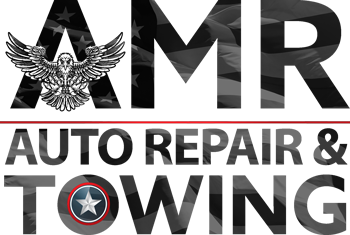How to Check the Fluids in a Car
May 26, 2020 2:05 pm Leave your thoughtsOne of the simplest yet most important processes associated with ongoing preventative maintenance of your vehicle is checking the fluids in your car and replacing or adding to them as needed. This is a task you can even take on yourself without having to go into the shop—it’ll save you some money and give you a bit of satisfaction as a car owner.
Here are the main fluids to check in a car in Salt Lake City, UT to help it remain in good operational condition long into the future:
- Oil: The engine oil is crucial for maintaining proper, efficient and safe operation of the engine. It is charged with lubricating the engine’s moving parts to prevent a buildup of friction, heat and early wear and tear. To check the engine oil, remove the dipstick in the engine, wipe it clean, then insert it again to get a reading. You should be looking at both the oil level and its quality. If the level is low, add more based on manufacturer recommendations. If the quality has degraded or you know it’s time for a change, you should remove the existing oil and change it according to the manufacturer’s schedule.
- Brake fluid: Brake fluid is located in a clear reservoir that will have minimum and maximum lines clearly labeled. If the reservoir is low, fill it. You shouldn’t have to fill your brake fluid reservoir often at all—if you find yourself having to do so, take the car to the shop to get it checked for a leak.
- Windshield washer fluid: You’ll need your windshield washer fluid to keep your windshield clean so you can see where you’re going. If your windshield gets dirty and experiences sun glare, you could be effectively blinded on the road if you don’t have any windshield washer fluid to clear it off.
- Coolant: Located near the radiator is a clear overflow plastic container, which is where you add the coolant into your vehicle. If the fluid is located below the minimum line, you should fill it up with a mixture of half water and half antifreeze. Your coolant helps your engine maintain consistent operating temperature, preventing it from freezing up during the winter and overheating during the summer.
- Power steering fluid: The power steering fluid is in a small tank near the firewall, right at the base of the windshield. The level of this fluid should be somewhere between the minimum and maximum levels, so fill it up as needed. This fluid is important for maintaining efficient, consistent operation of your steering system so you can maintain a good handle on your vehicle while behind the wheel.
If you notice fluids leaking from underneath your vehicle, you should make sure you have a mechanic take a look. Sometimes leaks can be hard to find, and it’s better to have a professional check it out so they can identify and resolve the problem efficiently.
For more information about how to check for fluids in a car in Salt Lake City, UT, contact the team at AMR Auto Repair & Towing today.
Categorised in: Auto Maintenance
This post was written by Writer
